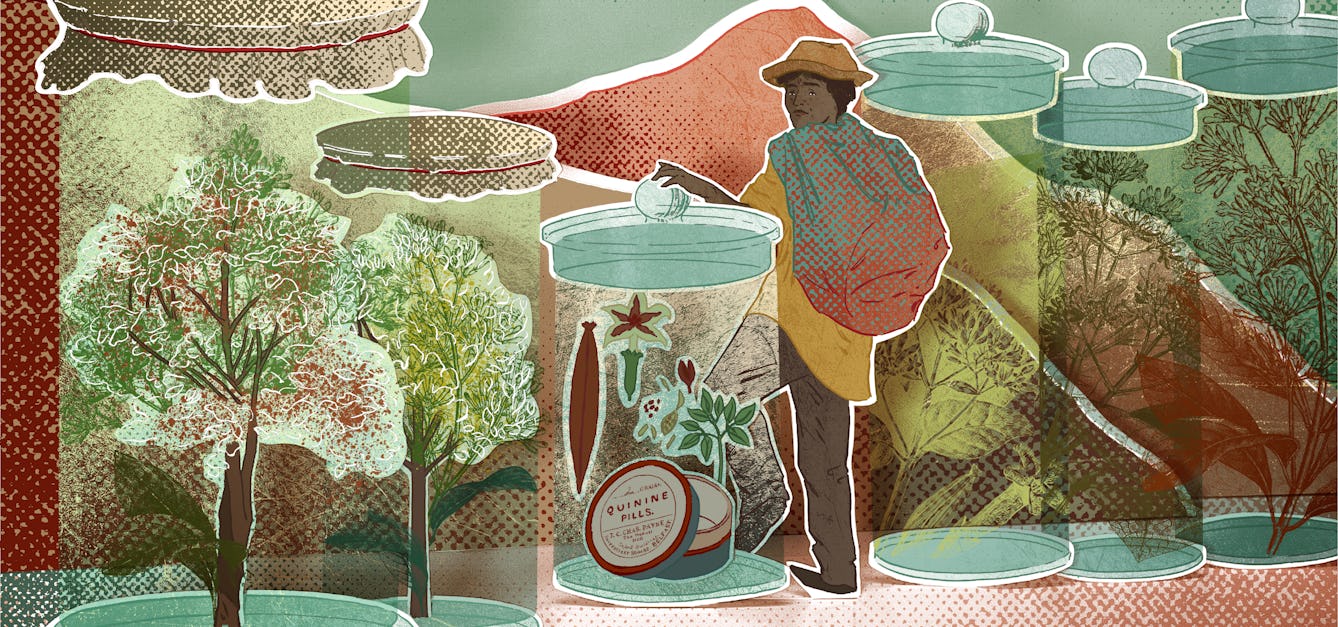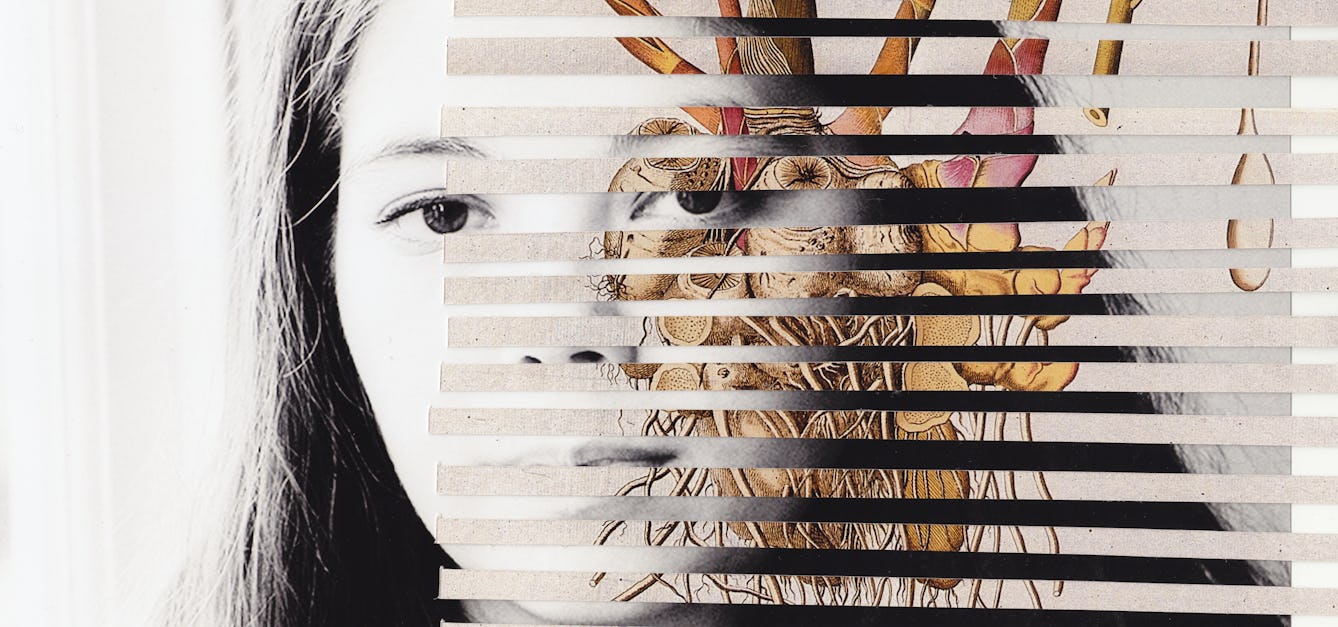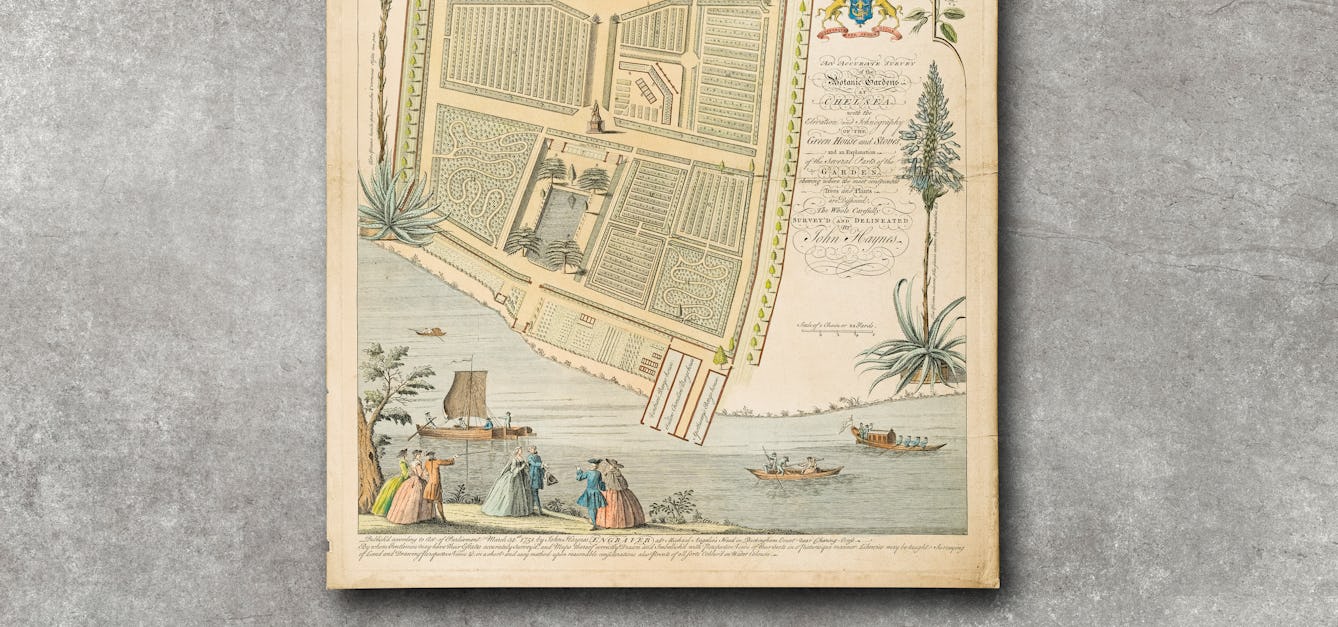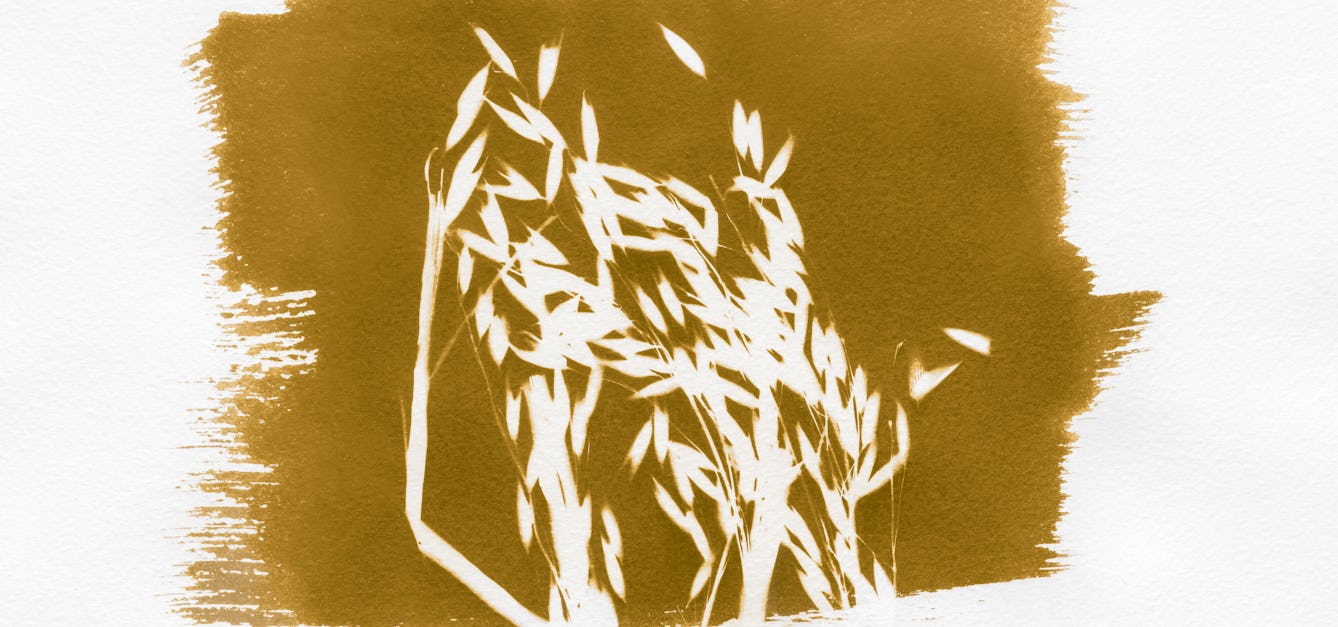Stories

- Article
Hunting lost plants in botanical collections
A bark specimen at Kew recalls the story of a South American man who harvested the most potent source of the only effective malaria treatment available in the late 1800s. Killed for his work and forgotten by history, Manuel Mamani was a victim of the colonial juggernaut.

- Article
姜、蒜、葱 Ginger, garlic and spring onions
Nina Mingya Powles felt adrift in the UK, living thousands of miles from home. But nurturing familiar tastes and smells in her tiny balcony garden helped her roots begin to grow.

- Article
The healing power of the physic garden
Having experienced the healing power of plants and gardens, Iona Glen goes in search of present-day “physic gardens” and their origins in history.

- Podcast
Farmland
Fruit and vegetables link our hungry bodies to the world of plants. Yet many of us have little understanding of the farming industry and the impact that bringing crops to our plates has on the planet.
Catalogue

- Books
- Online
Origin of cultivated plants / by Alphonse de Candolle.
Candolle, Alphonse de, 1806-1893.Date: 1884- Books
Dictionary of cultivated plants and their centres of diversity excluding ornamentals, forest trees, and lower plants / A.C. Zeven and P.M. Zhukovsky.
Zeven, A. C.Date: 1975- Books
Chromosome atlas of cultivated plants / C.D. Darlington, FRS, and E.K. Janaki Ammal, DSC.
Darlington, C. D. (Cyril Dean), 1903-1981.Date: [1945]
- Books
- Online
Fungoid pests of cultivated plants / by M.C. Cooke.
Cooke, M. C. (Mordecai Cubitt), 1825-1914.Date: 1906
- Books
- Online
Cultivated plants : their propagation and improvement / [Frederick William Thomas Burbridge].
Burbidge, F. W. (Frederick William), 1847-1905.Date: 1877

![The gardener's dictionary. Containing, the methods of cultivating and improving the kitchen, flower, fruit, and pleasure garden; wherein all the articles contained in the former editions of this work, in two volumes, are disposed in one alphabet. With the addition of a great number of plants / [Philip Miller].](https://iiif.wellcomecollection.org/image/L0050111/full/282%2C/0/default.jpg)
![The gardener's dictionary. Containing, the methods of cultivating and improving the kitchen, flower, fruit, and pleasure garden; wherein all the articles contained in the former editions of this work, in two volumes, are disposed in one alphabet. With the addition of a great number of plants / [Philip Miller].](https://iiif.wellcomecollection.org/image/L0050112/full/128%2C/0/default.jpg)
![The gardener's dictionary. Containing, the methods of cultivating and improving the kitchen, flower, fruit, and pleasure garden; wherein all the articles contained in the former editions of this work, in two volumes, are disposed in one alphabet. With the addition of a great number of plants / [Philip Miller].](https://iiif.wellcomecollection.org/image/L0050110/full/282%2C/0/default.jpg)





![Capsicum annuum 'Masquerade' Distribution: Central and South America. This ‘domesticated species’ originated from Mexico (although the centre of Capsicum evolution was much earlier and from Bolivia) and includes the bland salad peppers and the hot chilli peppers, of which capsaicin (sometimes called capsicain), from the lining of the inside of the chilli, is the main active ingredient. Chilli comes from the Aztec language of the Nahuatl people. It was reputedly introduced to Europe by Columbus in the mid-15th century, but was cultivated in Mexico since 4,000 BCE and used in cooking since 7,200 BCE. After its introduction to Europe, its cultivation very rapidly became world-wide. It appears first as a description (Bock, 1539) with the name teutschem Pfeffer. The first illustration, as Siliquastrum, appears in Historia Stirpes commentarii insignis (Fuchs, 1542). Fuchs did not realise it came from the Americas, as he identified it as a plant described by Pliny, Dioscorides and Avicenna and gave their uses of it. It appear in Dodoen's Cruydeboeck (1551) and Lyte's translation (1557) with the note that it is 'hot and drie in the third degree.' He recommended it for dressing meat, and noted that it 'warmeth the stomach' and was good for a sore throat, scrofula, and topically got rid of spots. Fuch's had reported these properties as being described by Avicenna, but what that plant was is unknown. Lindley (1838) wrote: 'It is employed in medicine, in combination with Cinchona in intermittent and lethargic affections, and also in atonic gout, dyspepsia accompanied by flatulence, tympanitis, paralysis etc. Its most valuable application appears however to be in cynanche maligna [=severe sore throat, with impending suffocation] and scarlatina maligna [=severe scarlet fever], used either as a gargle or administered internally.' However, its principal use medically has been in pain relief, applied locally for pain from muscle injury to post herpetic neuralgia. Capsaicin acts on the pain and heat sensing neurones to make them trigger the sensation of pain at body temperature. Repeated exposure to capsaicin depletes the neurotransmitter substance P that is used to perceive pain, so the relevant nerves no longer transmit the sensation of pain/heat from any cause. It is a banned substance in the equestrian events at the Olympics because of its ability to stop perception of pain. Capsaicin has been shown, experimentally, to kill cancer cells by attacking their mitochondria. Particular interest has concentrated on its ability to reduce the size of tumours of the pancreas and prostate. Various cultivars are used in cooking, and the strength (i.e. how hot they are) is measured in Scoville units. A standard chilli pepper used in England would be around 5,000 Scovilles, the hottest peppers are rated over one million Scoville units. Photographed in the Medicinal Garden of the Royal College of Physicians, London.](https://iiif.wellcomecollection.org/image/B0008958/full/600%2C/0/default.jpg)